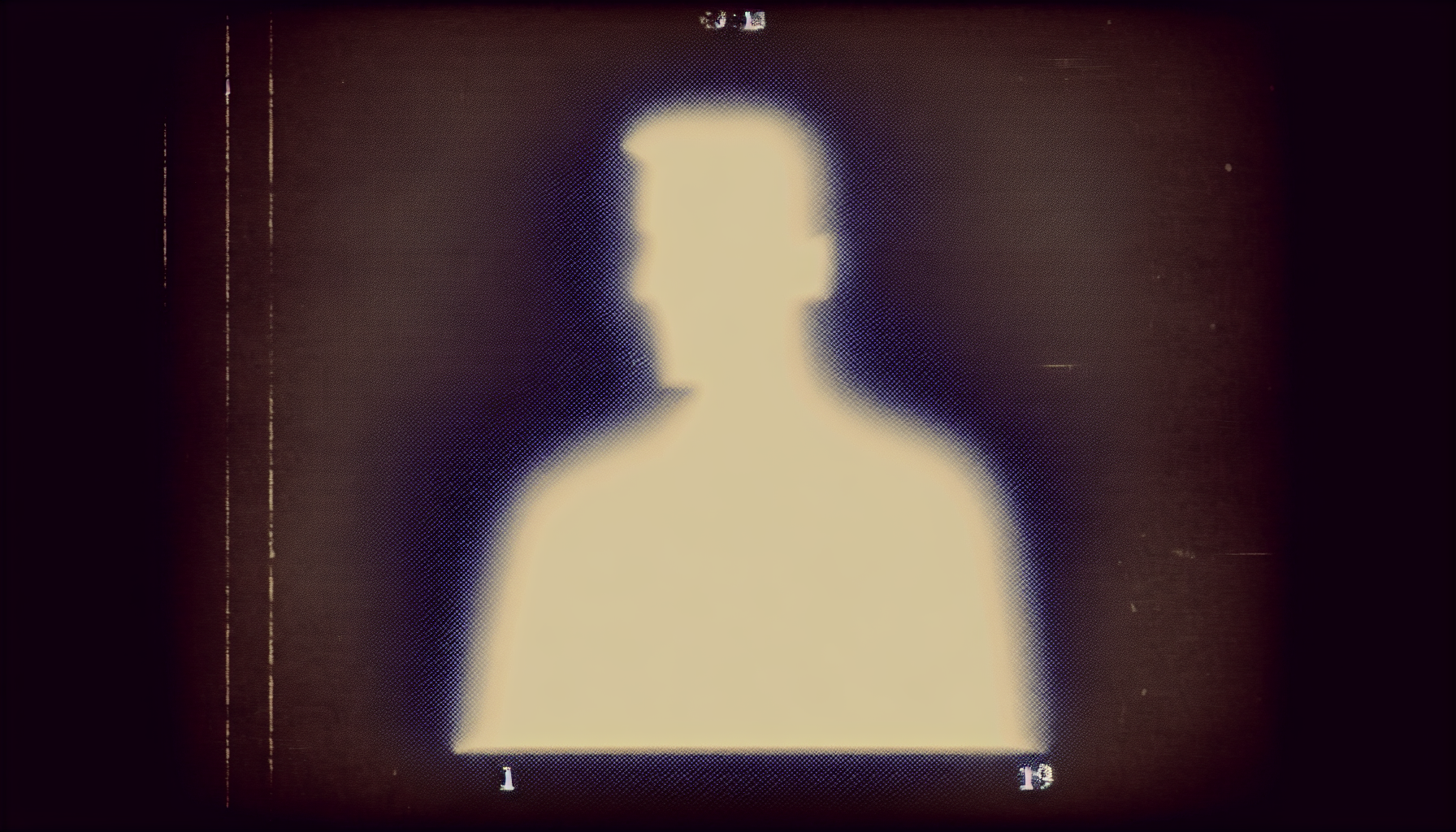In the quiet corners of philosophical debate and technological speculation resides a figure, revered and sometimes ghostly: Alan Turing. Known for his pivotal role in modern computing’s genesis, he also left us the infamous Turing Test—a concept that has haunted the minds of engineers and philosophers alike. But now, in an age where artificial intelligence appears capable of everything short of passing the Turing Test, it’s worth asking—what does this test mean today, and should we care if advanced AI doesn’t pass?
The Turing Test: A Philosophical Play
Originally, Turing proposed what he called the “Imitation Game” as a practical answer to the question, “Can machines think?” In its popular form, the test sees a human judge interacting with both a human and a machine without knowing which is which. If the judge is unable to reliably tell the machine from the human, then the machine is said to have passed the test. At its core, the Turing Test isn’t just a yardstick for intelligence; it’s more about the human tendency to equate the ability to mimic human-like responses with true thought. Turing, ever the trickster, asks us if perfect imitation is enough to confer the label of intelligence.
We Have the Technology
Fast forward to today, where AI models complete sonnets, write semi-decent travel essays, and even attempt humor—sometimes even intentionally. These advancements raise the question: could one of these systems pass the Turing Test, and does it matter? The answer is both definitive and frustratingly ambiguous. On one hand, advanced AI can certainly dazzle and confuse—but it contexts where its limitations are deftly sidestepped. On the other hand, truly convincing a human judge of sentience remains a daunting challenge because humans are complex, irrational beings. Sometimes, the AI’s biggest hurdle is our own skepticism or, ironically, our unreasonable demand for too-spot-on replication of human flaws.
Does the Ghost Write?
Taking a metaphorical step back, consider how much artificial intelligence already pervades our lives. From recommendation algorithms to stock market predictions, AI is our ghostwriter in many facets, unseen but influential. Should relevance of the Turing Test reside in pure imitation, when the scope of AI transcendencies mundane chatter? The real specter here might be our understanding of intelligence itself. When does mere mimicry become indistinguishable from the muse?
This isn’t just a philosophical dalliance. Imagine a cooking robot whipping up recipes with better-than-human precision but failing the Turing Test because it doesn’t fool you into thinking it “enjoys” cooking. Are its efforts any less valuable? Perhaps Turing, unconsciously, left a dual inheritance—one to challenge the definition of intelligence, and another unwittingly to distract us from more practical developments.
The Real Ghost in the Machine
As AI strides confidently into all walks of life, Turing’s ghosts linger in other, more pressing ways. Questions that once seemed the realm of science fiction now knock at the doors of our socio-political discourse. Does AI deserve rights? How transparent should AI decision-making processes be? These questions are raised not because AI continues to fail the Turing Test, but because it keeps succeeding in tasks once reserved for humans. Here lies another ghost: what we should be scrutinizing isn’t whether AI can merely imitate us, but how closely it can replicate (or even amplify) our impact on the world.
Time for a New Séance
So, where does this leave Turing’s ghost? It hovers over a new proposition: reframe our tests, not as litmus checks for passing human-like conversation, but for understanding the broader implications of machine autonomy and ethics. We should be interrogating not just the AI, but our own criteria for intelligence and the responsibilities that come with creating “almost thinking” entities.
Imagine reworking the Turing Test to focus on situational intelligence—how machines relate their skills to human needs, ethics, and values. Indeed, some would argue we’ve already invited a different kind of Turing ghost into our homes. He’s the spirit in our smartphones and the echo in our virtual assistants, always striving to serve us better.
The Punchline
In the end, Turing’s mischievous riddle remains unsolved and perhaps unsolvable. But like a good joke, it’s the contemplation, not the answer, that keeps it alive. As we continue to build increasingly savvy machines, the real conundrum isn’t just in passing the Turing Test, but making sure we pass our own. Whether or not machines can think is less pressing than whether they can truly contribute positively to the human condition. Maybe, just maybe, the punchline isn’t in perfect replication, but in harmonious coexistence.
As we return to this spectral conversation, let’s remember: sometimes the best part of a ghost story is how it makes us reflect on our very real, living relationships. And in the grand haunted mansion of artificial intelligence, Turing’s ghost will probably chuckle wryly as long as we continue asking the wrong questions for the right reasons.

Leave a Reply